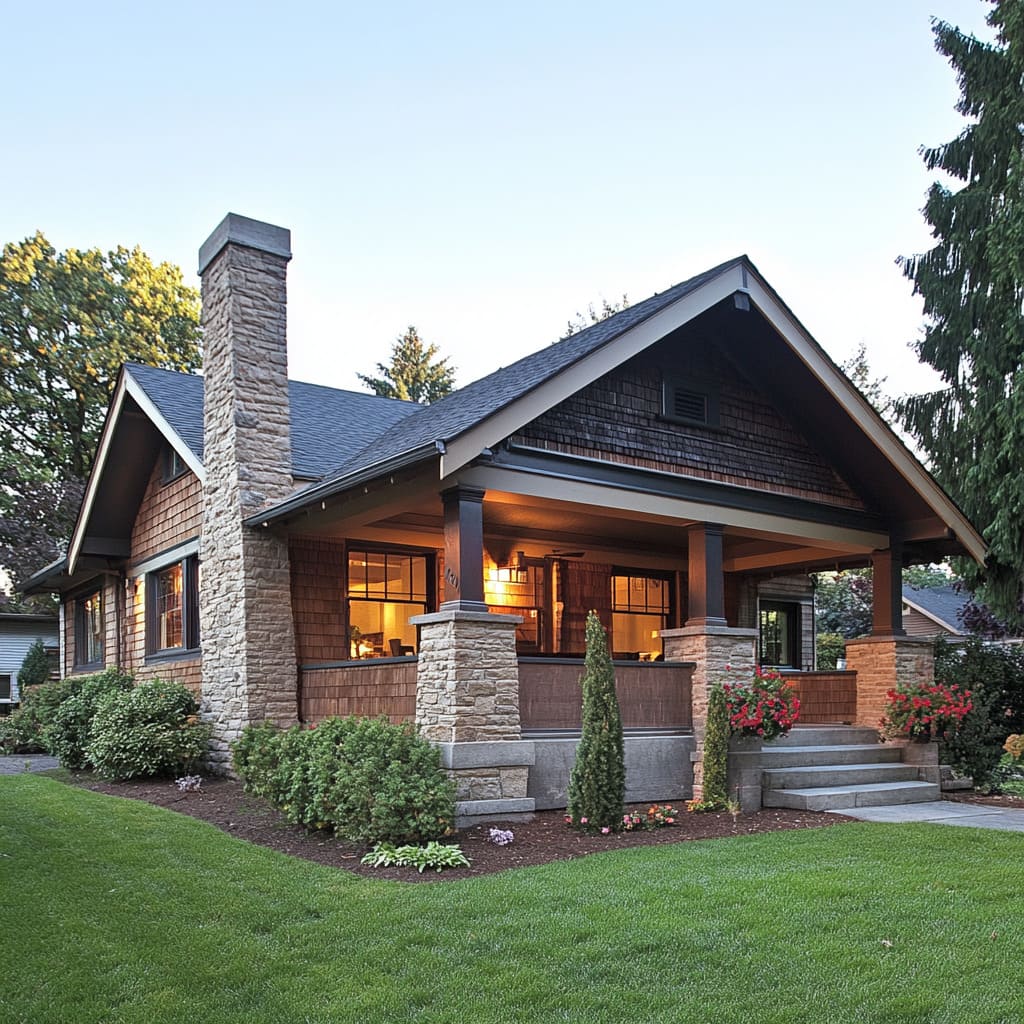Considering the safety of your living space is paramount in your life. Whether it’s your home or office, structural stability is something you should ensure.
This is where underpinning techniques come into play. These are the procedures and techniques that enhance your building’s foundation.
The good news is, reliable solutions are within reach particularly in the form of specialized services. Gaining knowledge about these methods can help ensure a safer and more stable environment in your home or workplace.
Underpinning Basics Explained
When you hear the term ‘underpinning,’ what comes to mind? This technique aims at restoring the strength of a building’s foundation.
Primarily, it becomes necessary when the original foundation fails to adequately support the structure. But don’t panic!
Let’s break it down a bit more.
- Mass concrete underpinning: This is a traditional method which involves excavating sections of ground below the existing building footing and pouring concrete in stages.
- Beneath pinning: It is like creating an underground supporting wall. It is done from inside the basement of the building downwards.
- Pile and beam underpinning: This includes driving piles on either side of the existing wall, creating a firm support, followed by underpinning beams.
- Screw piling: This method uses large screws that serve as pile foundations. They’re quick to install with minimal disruption.
Note that choosing the right technique relies on identifying your property’s specific condition and requirements for safety and durability. The understanding of these basics will play an integral part in securing your living environment against potential risks.
Necessity for Underpinning
When the foundation of your dwelling starts showing signs of distress, underpinning becomes essential to stabilize it. Signs include cracks, walls leaning, and doors sticking.
Without underpinning, unresolved issues can result in severe structural damage. Neglecting these signs might increase risk, jeopardizing the safety of your living space.
| Problem | Solution | Benefit |
| Foundation Cracks | Underpinning | Prevents further deterioration |
| Leaning Walls | Underpinning | Restores vertical alignment |
| Sticking Doors/Windows | Underpinning | Eases operation and function |
| Uneven Floors | Underpinning | Makes floors level again |
| Table: Common problems and underpinning benefits. Source: foundation technologies. | ||
Underpinning helps stabilize structures of all sizes by addressing foundational issues. A secure and well-maintained foundation supports the longevity and safety of a property.
Pre-Assessment Site Analysis
The initial step in undertaking underpinning works is a complete site analysis. This includes a deep dive into the structural state of your property.
During a pre-assessment, professionals evaluate your building’s structure, determining any potential risks. This process provides a robust foundation for subsequent stages.
Factors like soil type, neighboring structures,and the property’s age deeply influence the exact method chosen for underpinning. Each element carries significant implications.
- Soil Type: Different soils demand distinct handling and underpinning techniques. Your underpinning approach needs to consider this critical factor.
- Neighboring Structures: Nearby buildings may pose constraints to your underpinning process. You need to factor them into your overall plan.
- Property Age: Older structures may require more detailed repair or reinforcement options due to their inherent susceptibility to damage.
- Potential Risks: Identifying potential issues early can help avoid costly mishaps later on during the process, safeguarding your investment and safety.
An in-depth understanding of these factors guarantees optimum results during the underpinning process, and ensures the best foundation for your property’s future. The pre-assessment will assist all involved parties to make informed decisions about your property’s needs, and execute the optimal underpinning strategy moving forward.
Selecting an Underpinning Method
When experiencing foundational issues in your residence, choosing the appropriate underpinning method is crucial. Your selection aids in optimizing building safety and durability.
Underpinning can be a complicated procedure. Despite this, understanding its basics helps you in making sound decisions regarding your home’s structural stability.
You should consider various factors while opting for an underpinning technique. The nature of soil, the building’s age, weight, and any neighboring structures are all important.
- Evaluate the Area: Carry out a survey of the area you wish to underpin. Investigate the soil properties and consider any potential water sources nearby.
- Analyze Building Design: Thoroughly analyze your building’s design including structure age, weight, and stability. This information enables precise determination of underpin memory that doesn’t include underpinning requirements.
- Study Soil Characteristics: A comprehensive understanding of soil characteristics such as type, condition, and load-bearing capacity helps you select a suitable underpinning technique. Considering these factors will lead you towards an informed decision. Choosing the appropriate underpinning method is crucial for addressing structural concerns and preventing future issues. Understanding the factors that influence the decision can help ensure an effective and lasting solution.
Preparing the Site for Work
Preparing your site for underpinning works ensures minimal disruption and safety. Pits may be dug, timber may be used, or a pumped-debris system established.
What is the Initial Underpinning Step?
The first step in underpinning involves a detailed assessment of the ground condition and construction of piers or depths followed by base concreting.
What Does Stabilizing Slopes Involve?
To stabilize slopes, soil nailing, using anchoring systems or creating retaining walls are some techniques used in enhancing the site’s stability.
What Are Foundation Strengthening Techniques?
Foundation strengthening can involve reinforcing existing structures with new ones or replacing them entirely. The use of helical piers is also an option.
Are Piled Raft Foundations Useful?
Piled raft foundations help in transferring loads from structures to the firmer layers of ground below, thus solidifying the building’s foundation.
How Are Cracks Handled?
Sustained monitoring combined with grout injection sealing and the installation of expanding clay can effectively manage and prevent structural cracks.
Installation of Underpinning System
Underpinning your home enhances stability, assuring a secure environment for you and your family. The method bolsters the integrity of existing foundations.
Select the Right Method
Diverse underpinning techniques are available, so choosing the right one is paramount. Evaluate your property’s needs to determine the best option.
Traditional underpinning may be ideal for older buildings. Contemporary methods might suit more modern construction styles better.
Hiring Professionals
Underpinning requires careful implementation to ensure the stability and longevity of your building’s foundation. Experienced professionals are equipped to handle the technical complexities and potential risks associated with the process.
Maintenance After Installation
Post-installation, regular maintenance is vital. It helps identify potential threats at an early stage, facilitating prompt corrective measures.
A vigilant approach towards underpinning will enhance its lifespan. Regular checks are essential towards maintaining a safe living space for you and your loved ones.
Ensuring Proper Load Transfer
Home safety rests on strong underpinning systems. Adequate load transfer is vital, ensuring structural integrity and creating a safer living space.
This process requires careful evaluation of the building structure. By understanding the load distribution, you can identify where and how to implement underpinning techniques effectively.
- Inspection: Each foundation needs consideration due to varying ages and conditions. Expert analysis enables precise changes.
- Evaluation: Engineers assess existing stresses and projected loads so that your underpinning strengthens precisely where needed.
- Planning: Designs are personalized for each specific property to maximize effectiveness and minimize disruption during work.
- Execution: With expert workforce, high-quality underpinning techniques ensure your home stays strong and stable.
Application of these procedures ensures an optimized load transfer, keeping your house safe from structural weakening or collapse. Underpinning plays a key role in maintaining the safety and stability of a building.
Addressing foundational concerns early helps prevent more significant issues and ensures a stable living environment.
Monitoring and Testing Structures
You may be unaware that regularly observing and examining your building’s integrity is essential for safety. Structural evaluations ensure robustness, reducing hazardous incidents.
Layered Inspection Approach
A multi-tier method of inspection is recommended. Detailed checks on foundation, beams, walls and roofs can spotlight potential problems early.
Observations for cracks, moisture, or rust offer insights into the condition of your structure. They can predict possible issues before becoming serious.
Mechanical Testing
Investing in mechanical testing could prolong the life of your structure. It involves analyzing material properties to determine responsiveness to various stress forms.
These tests are designed to measure the strength and flexibility of the construction materials. The information helps thwart distorting forces that lead to structural failure.
Professional Consultation
A structural engineer’s visit adds another layer of confidence in the safety of your living space. They can recommend appropriate underpinning techniques if needed.
Their expertise provides meaningful interpretation of both visual observations and mechanical test results, allowing better decision-making regarding possible repairs or maintenance activities.
Common Pitfalls and Solutions
You may encounter a few pitfalls when underpinning your house. Here are the problems you might face, along with practical solutions for each.
Misjudging Soil Type
If you misjudge your soil type, it could prove disastrous. Fret not!
Consult an experienced geotechnical engineer to ensure accurate soil identification.
Ignoring Local Building Laws
It’s paramount to adhere to local building codes. These laws are present to safeguard homeowners.
Consult relevant authorities before you start any works.
Neglecting Drainage Systems
Neglecting your property’s drainage system during underpinning can lead to unwanted water issues. Enlist a plumber or builder experienced in managing such considerations.
Choosing Cheap Services
The appeal of cheap service providers could lead to subpar workmanship. When it comes to underpinning your house, choose quality over cost savings.
Your Next Steps
Now that you’re aware of the basics and importance of underpinning, the task lies in your hands. This article, sourced from Geotech Built, aims to provide a foundational understanding of underpinning techniques and their importance in maintaining building safety.













